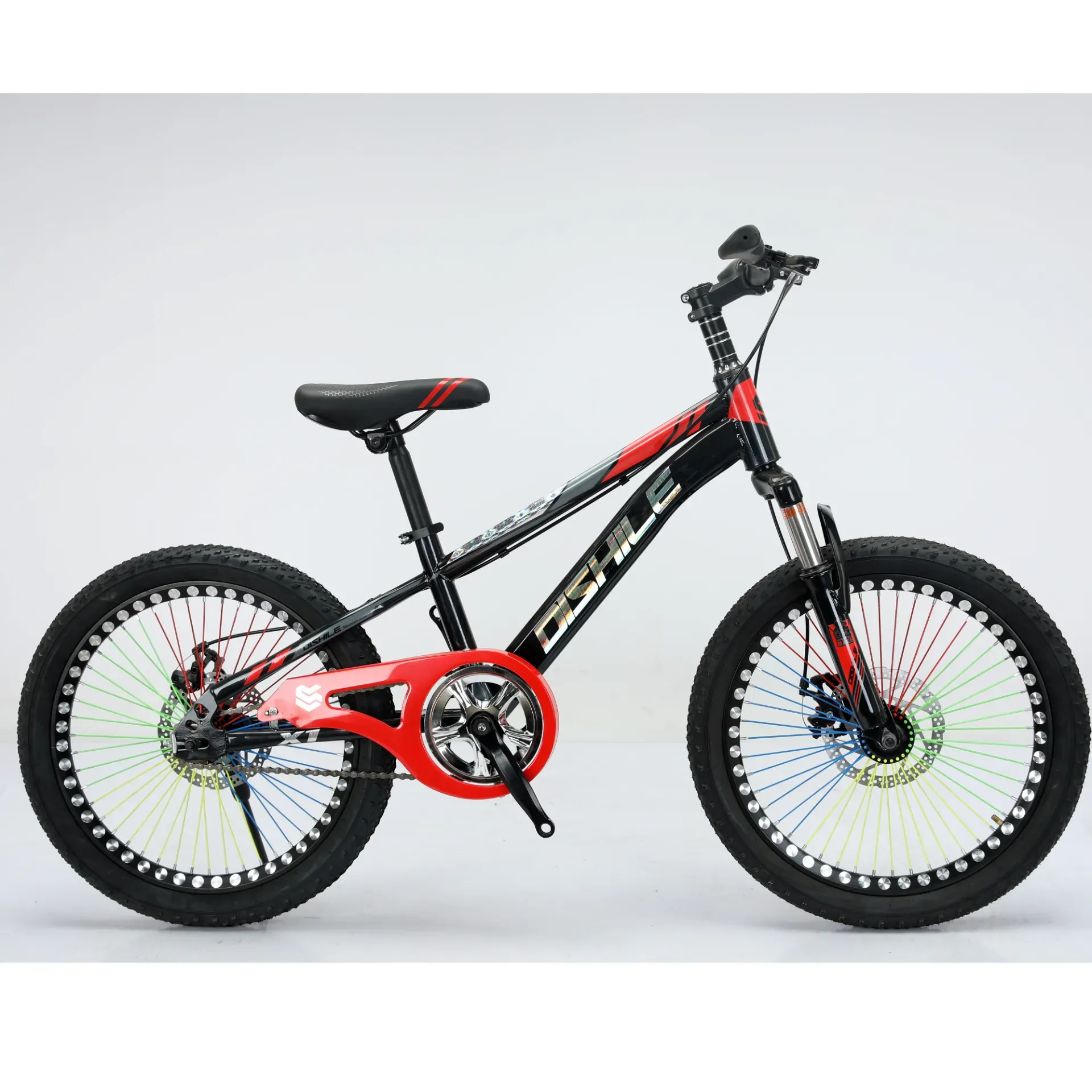how to choose a mtb
How to Choose a Mountain Bike (MTB)
Choosing the right mountain bike (MTB) can be an exhilarating yet daunting task. With so many brands, models, and specifications available, it’s essential to know the key factors to consider before making a purchase. A mountain bike is not just a vehicle; it’s an investment in your health, enjoyment, and ability to explore new trails and terrains. Here’s a comprehensive guide to help you select the perfect MTB for your needs.
1. Determine Your Riding Style
First, it's crucial to understand your riding style. Mountain biking generally falls into several categories, each requiring specific bike features. The main types are
- Cross-Country (XC) Ideal for riders who prefer speed and climbing efficiency. XC bikes are lightweight with nimble handling. - Trail Bikes These are versatile and can handle a variety of terrains. They provide a balance between climbing efficiency and downhill capability.
- All-Mountain or Enduro Designed for riders who love descending and technical trails but still require climbing ability. These bikes are often heavier and have more suspension travel.
- Downhill (DH) Built for steep declines, these bikes are heavy with robust frames and maximum suspension to absorb shocks.
Understanding your primary riding style will guide you in selecting the appropriate bike model.
2. Frame Material
Mountain bike frames come in various materials, and each has its advantages and disadvantages
- Aluminum Lightweight, affordable, and durable. Aluminum frames offer good performance but can be less forgiving on rough terrain.
- Carbon Fiber Extremely lightweight and provides superior stiffness, leading to efficient power transfer. However, it can be expensive and less durable if subjected to hard impacts.
- Steel Traditionally used for mountain bikes, steel offers excellent durability and a comfortable ride due to its natural flex. It’s heavier than aluminum and carbon, but often favored for touring or bikepacking.
- Titanium A premium option that combines the best attributes of aluminum and steel, providing both durability and a lightweight frame. Its high cost can deter some buyers.
Choose a frame material that aligns with your budget, desired performance, and anticipated riding conditions.
Suspension is a crucial aspect of a mountain bike and can significantly impact your riding experience. There are two main types
how to choose a mtb

- Hardtail These bikes feature suspension only on the front and are generally lighter, more efficient for climbing, and more affordable. They are suitable for XC and lighter trails.
- Full-Suspension These models have both front and rear suspension, providing increased comfort and control on rough terrains. They are ideal for trail, all-mountain, and downhill riding but tend to be heavier and more expensive.
Consider how much suspension you’ll need based on the terrains you plan to ride.
4. Wheel Size
Mountain bikes typically come in three wheel sizes 26-inch, 27.5-inch (also known as 650b), and 29-inch.
- 26-inch Offers agility and quick handling, making it a popular choice for technical trails. However, it is becoming less common among new models.
- 27.5-inch A great compromise between agility and rolling efficiency. It provides a smooth ride while maintaining maneuverability.
- 29-inch Best for climbing and rolling over obstacles, 29ers excel in smooth trails and are favored in XC racing and long-distance rides.
Choose the wheel size based on your preference for speed versus maneuverability.
5. Fit and Comfort
Lastly, the fit of your mountain bike is paramount. A properly fitting bike will enhance your riding experience, efficiency, and comfort. When trying bikes, pay attention to the following
- Standover Height You should be able to straddle the bike comfortably.
- Reach and Top Tube Length When seated, you should have a slight bend at the elbows and a comfortable grip on the handlebars.
- Seat Height Ensure the seat can be adjusted so your knee has a slight bend when the pedal is at its lowest point.
A professional fitting session at a local bike shop can enhance comfort and performance significantly.
Conclusion
Choosing the right mountain bike requires careful consideration of your riding style, frame material, suspension type, wheel size, and fit. Take your time to research and test different bikes until you find one that matches your needs and desires. With the right bike, you can unlock a world of adventure and enjoyment in the great outdoors. Happy riding!
-
Three-Wheel Light-Up Scooter Benefits for KidsNewsJul.11,2025
-
The Importance of Helmet Safety When Using a Kids ScooterNewsJul.11,2025
-
Nurturing Early Mobility with an Infant ScooterNewsJul.11,2025
-
How to Choose the Safest Tricycle for KidsNewsJul.11,2025
-
Fixing a Squeaky Baby Push Tricycle in MinutesNewsJul.11,2025
-
Cleaning and Maintaining a Tricycle for Big KidNewsJul.11,2025
-
Unleash Fun and Safety with Our Premium Kids Scooter CollectionNewsJun.06,2025








